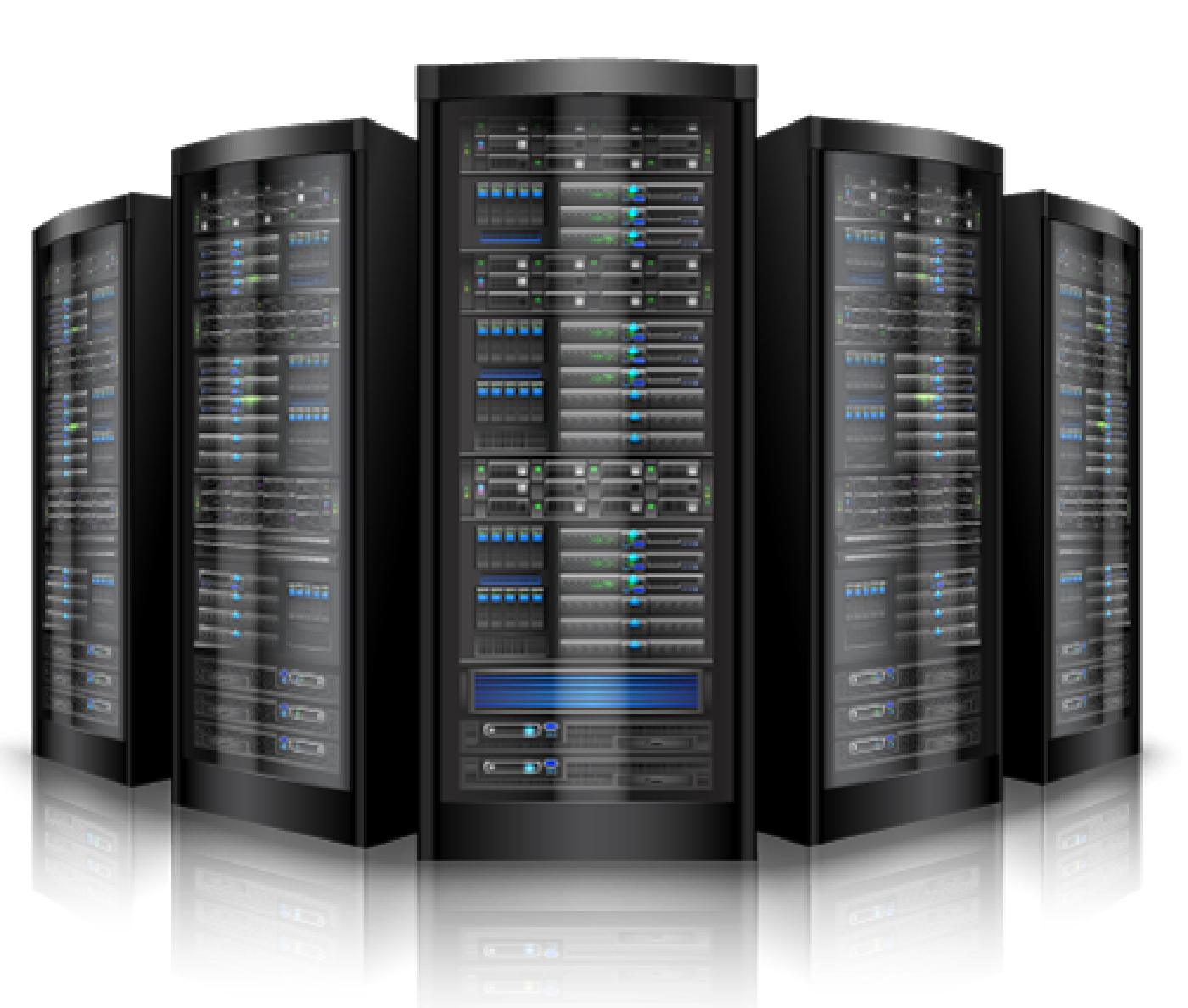How do you choose the right rack size?
Height
The height of the rack is one of the most important considerations because it determines how many rack spaces are
available for your equipment. In fact, the height of the rack is expressed in the number of available rack spaces. (You can
also find the external measurements to make sure the rack will fit through the doors in your facility.) Common heights for
floor-standing racks and rack enclosures are 42U, 45U and 48U, with custom sizes up to 58U available for some high-density
data center applications. You may also wish to leave extra space for horizontal cable managers, future expansion or other
purposes, so keep that in mind when determining the height.
Width
Since the width of the rack’s mounting rails and the rack equipment itself is standardized, that part is simple—just make sure
your equipment and your rack both follow the EIA-310-E standard. But you also need to consider the external width of the
rack. The standard width for rack enclosures is 24 inches or 600 mm, which corresponds to the standard for removable floor
tiles in a raised-floor data center. Extra-wide rack enclosures (30 inches or 750 mm) are also available, with or without extra
depth. Enclosures with extra width have side channels that accommodate PDUs, high-density cabling and cable managers
without obstructing airflow. This is especially helpful for network switches that have side-to-side airflow and forward-facing
ports. Extra-wide rack enclosures may also have modified vertical mounting rails that include built-in cable channels. Some
extra-wide racks can even be customized with extra rack spaces at the sides to fit as much equipment as possible.
Depth
The rack’s depth is important because you need to make sure it will be deep enough for your equipment, including any
cabling that extends past the equipment cabinet. You can usually adjust the depth of the vertical mounting rails in a fourpost
rack or rack enclosure, but only within certain limits. The standard depth for a rack enclosure is around 42 inches,
but you can get extra-deep (48 inches) rack enclosures for deeper servers and blade chassis. The extra depth ensures that
there’s enough room for cabling, PDUs, cable managers and other accessories without blocking airflow or compromising
serviceability. There are also racks that are shallower than the standard depth to save space. These are available as middepth
(36 inches) and shallow-depth (32 inches) enclosures. Wall-mount rack cabinets are usually shallower than their floorstanding
counterparts, with usable mounting depths around 12, 16, 20 or 32 inches.
Load Rating
The load rating (or weight capacity) of the rack is how much weight it can safely support. Remember that you also need to
make sure that your facility’s floor can support the weight of the rack and any equipment installed inside it. If you’re installing
a wall-mount rack, both the wall and the fasteners need to be able to support the combined weight. Racks usually list two
different load ratings: a stationary/static load rating for when the rack is installed in place and a rolling/dynamic load rating
for when the rack is rolled from place to place on its casters. (The stationary/static and rolling/dynamic load ratings may be
equal if the rack has heavy-duty casters.)


SHARE THIS PAGE!